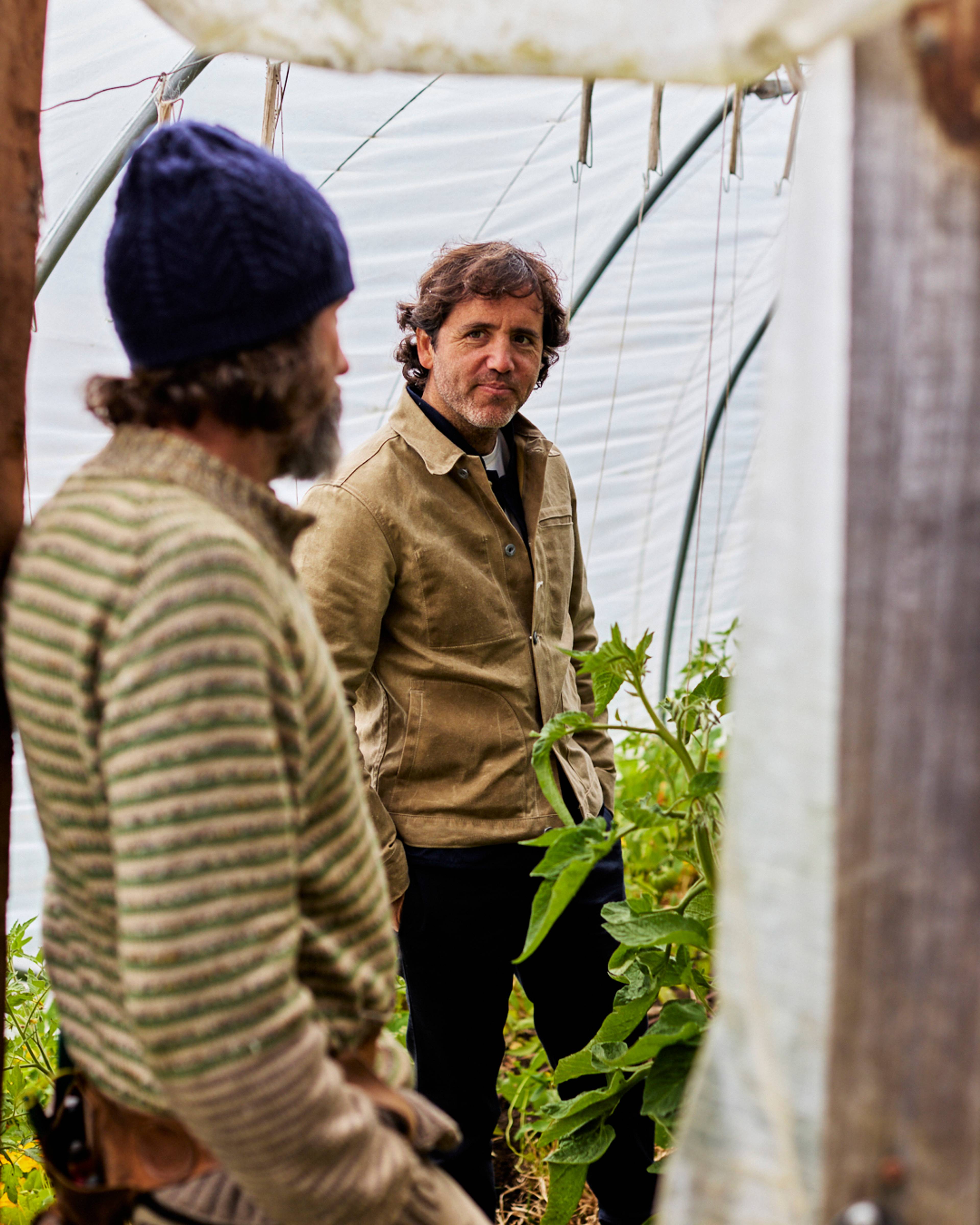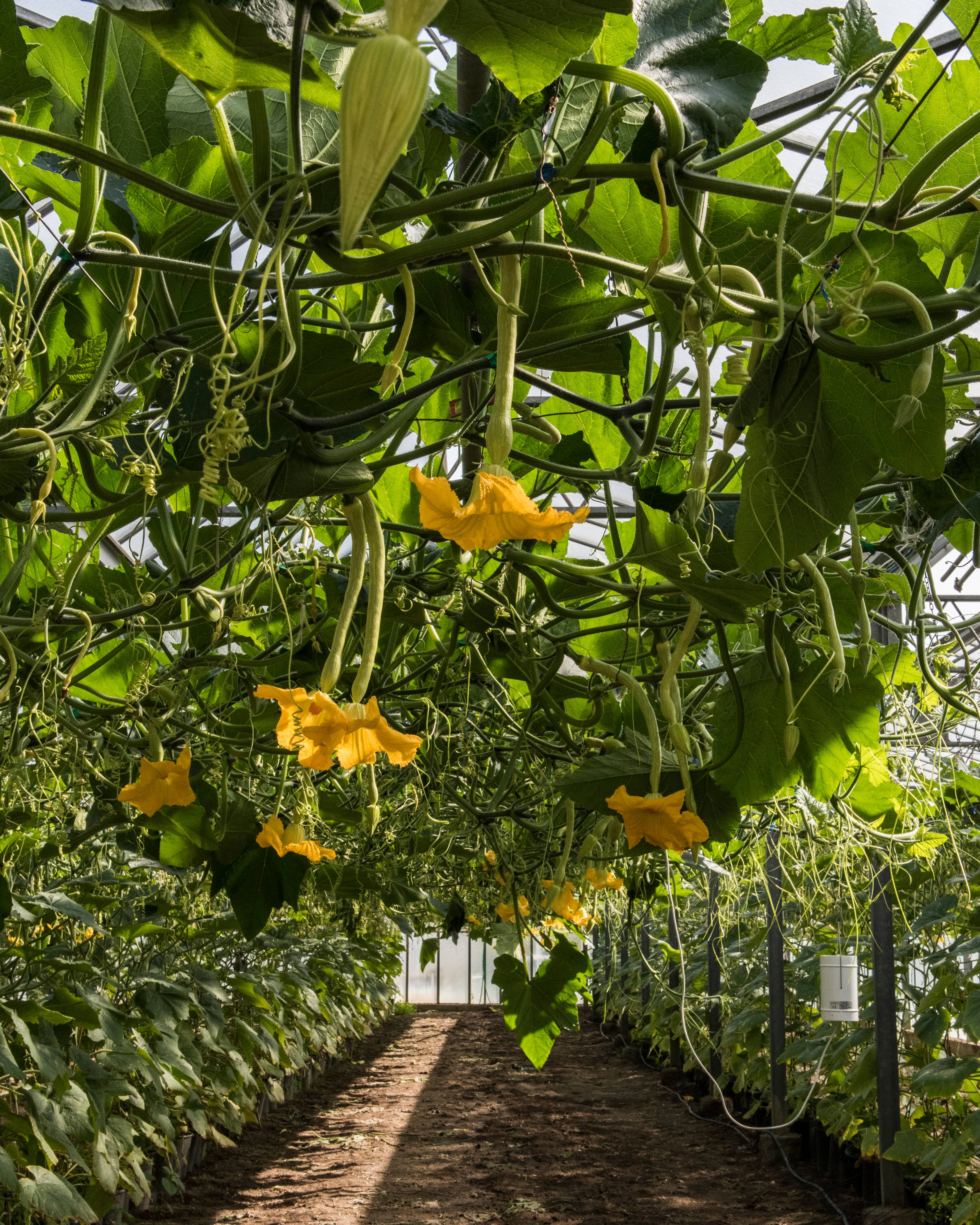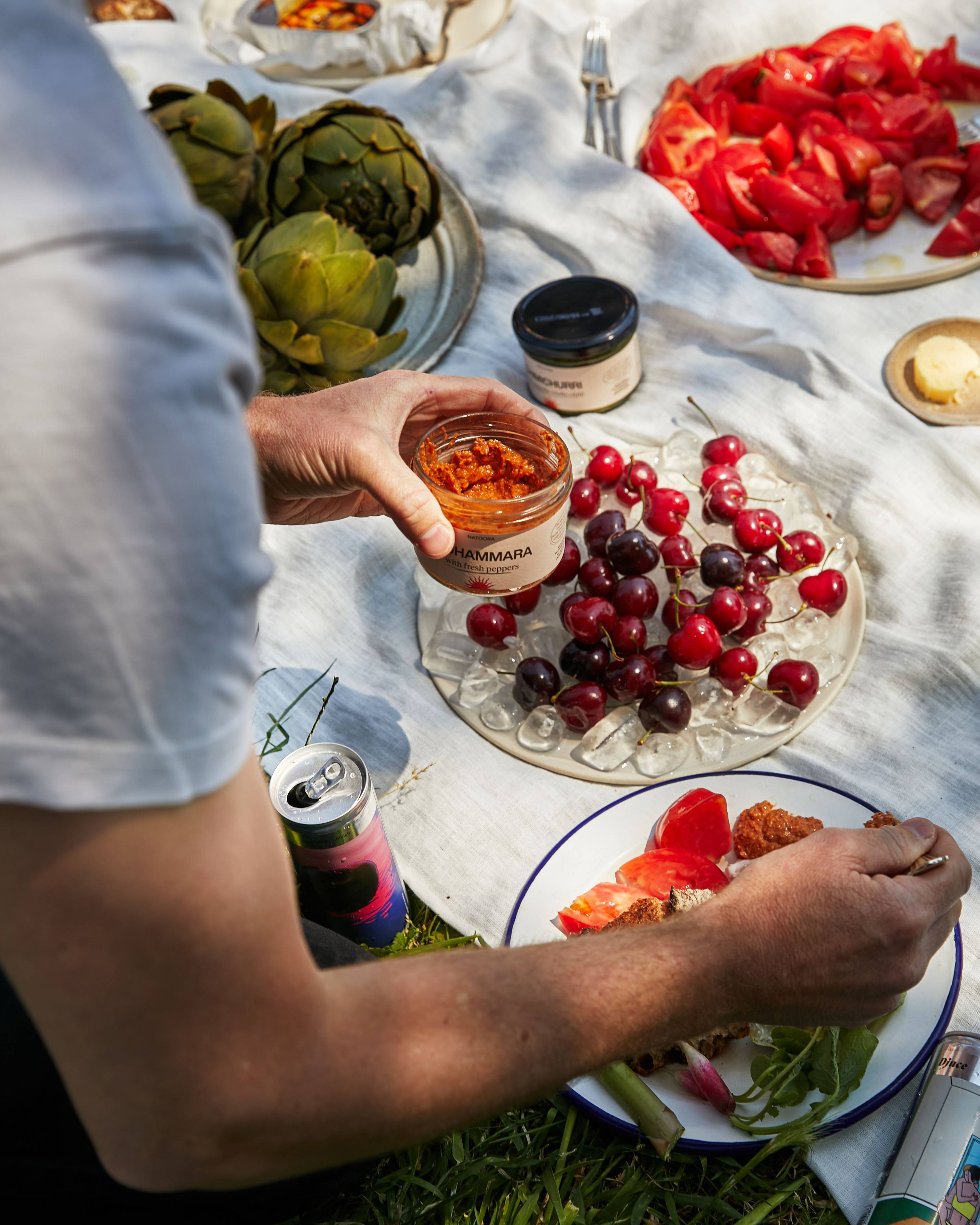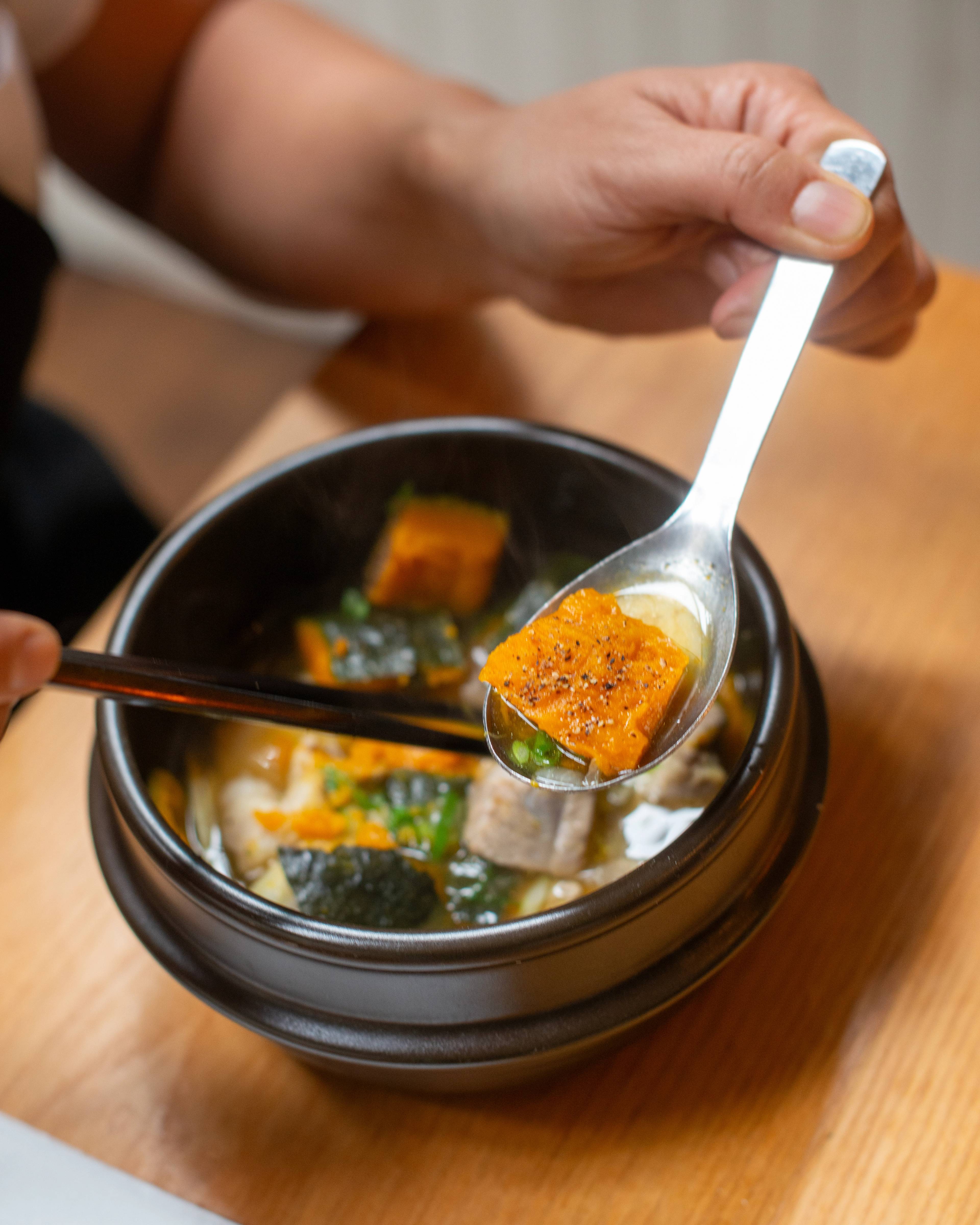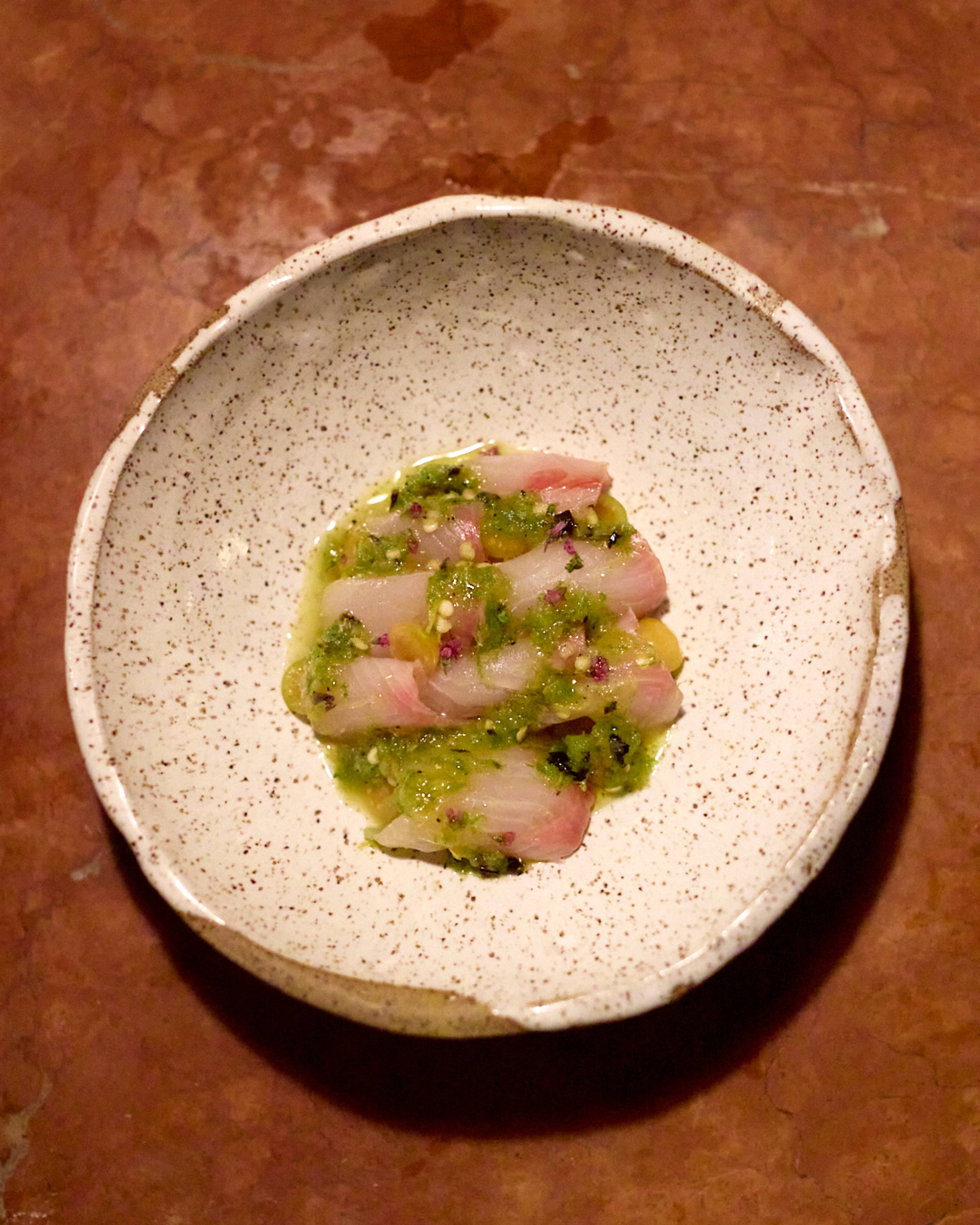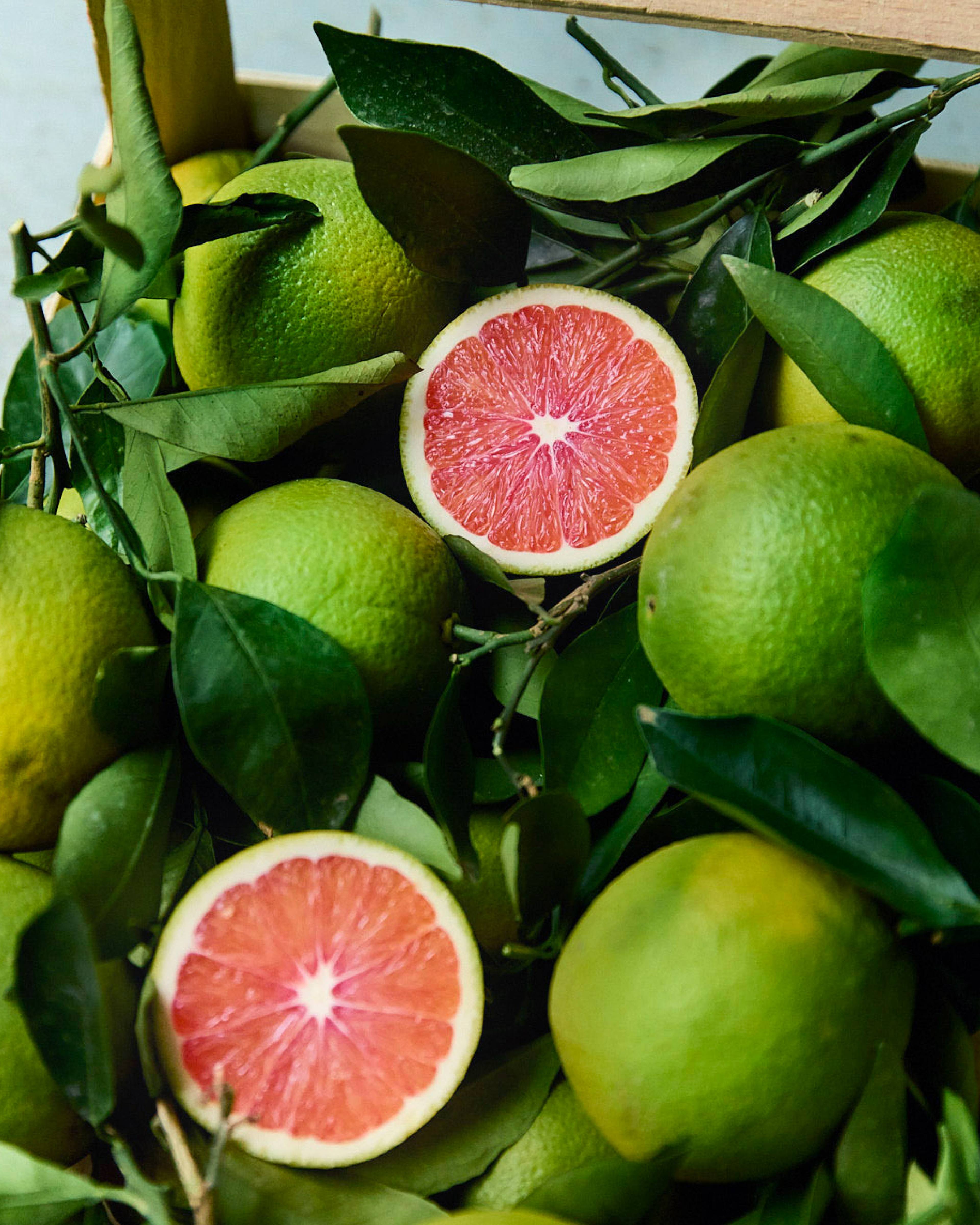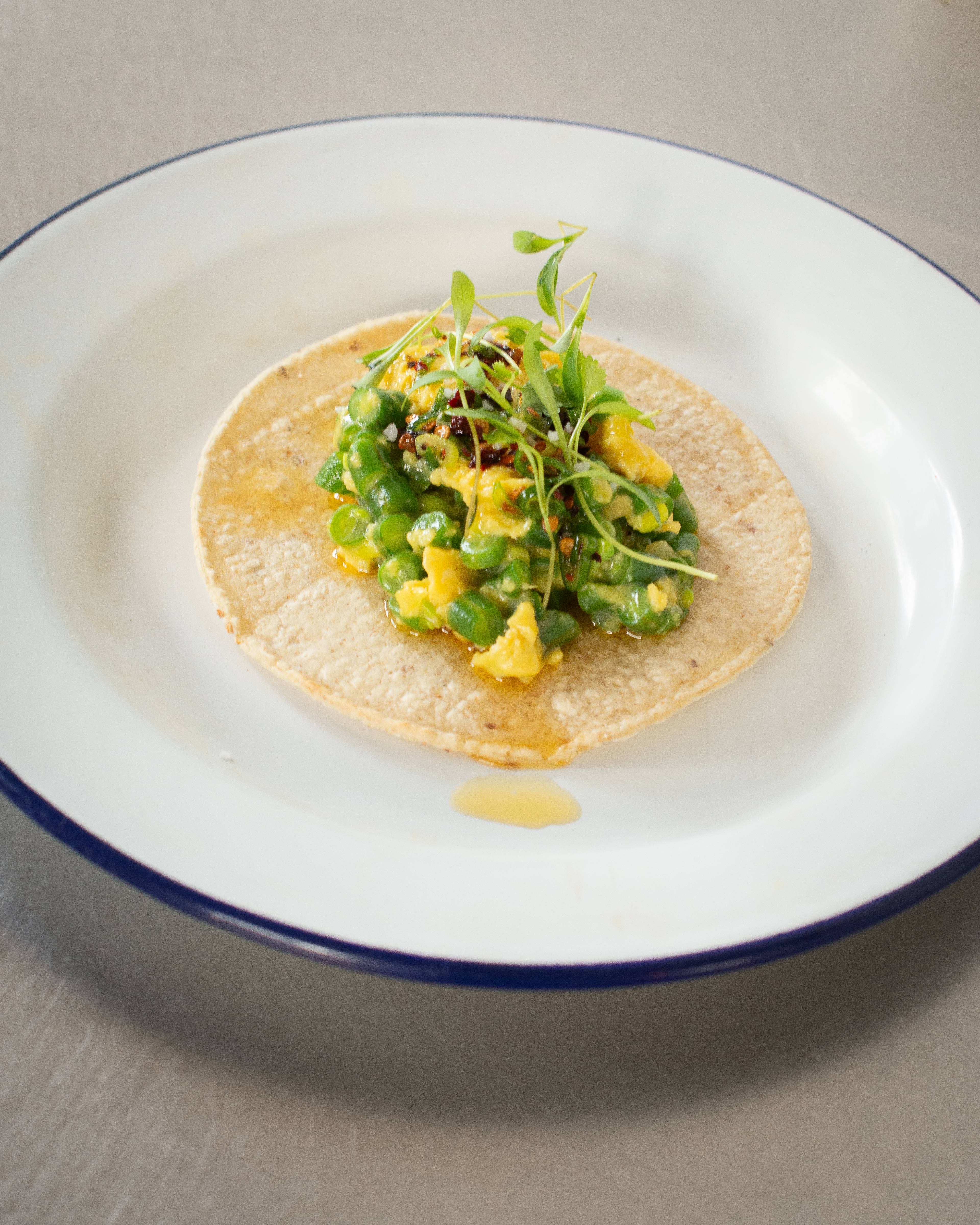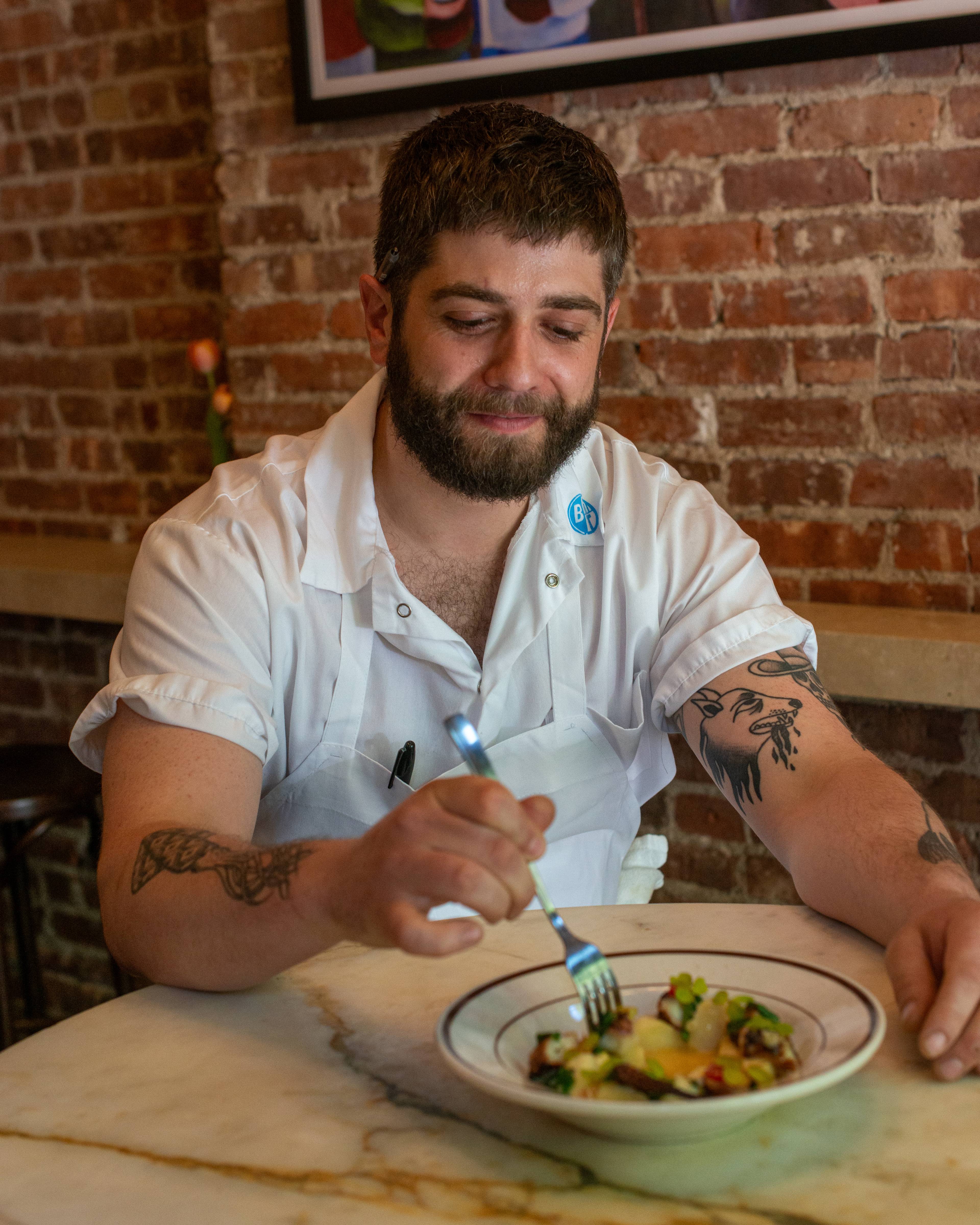GO STRAIGHT TO THE GROWER
A unique supply chain built on direct relationships, secured through scale.

Our supply chain bridges the gap between the opaque distribution channels and wholesale markets that dominate, and fiercely localized farm gate schemes and grower markets. This gives our sourcing the transparency of direct grower relationships with the flex and impact that can only be achieved through scale.
HOW WE SOURCE
RELATIONSHIPS, NOT TRANSACTIONS
We have spent nearly 20 years building direct relationships with growers. Refusing to lean on second-hand opinions, we source produce based on face-to-face encounters, tasting fruits and vegetables at their origins. This means more than just knowing our growers by name; it means spending time together out in the field and around the kitchen table. We trust that they are committed to the health of their land and flavor because we have evolved together.
HUBS IN EACH REGION
Each grower is connected to a sourcing hub in London, Paris, Milan, Barcelona, New York, LA, Philadelphia, Melbourne, Miami or Copenhagen. Global in scale, our sourcing is local in function, with hubs reaching out to growers in a capillary network. Constant dialogue with our growers makes us nimble and allows us to withstand global and local shocks better. Like exercising a muscle, we’ve got the kind of flex that comes from putting natural variation and human connections first, on a daily basis.
PUSHING BOUNDARIES
From making growing plans to offering interest-free loans, we support growers to improve their methods or scale up what they’re doing right without compromising on flavor. Our sourcing also shapes demand, uprooting deep-set conceptions of food. Green Citrus; Winter Tomatoes; Sand-forced Radicchio — all unheard of or fiercely localized before we stepped in. Now, they’re stand-alone terms on the most innovative menus.
WHAT WE LOOK FOR IN OUR GROWERS
We measure the impact of a grower’s practice on an individual basis. This approach is logistically complex but it means we have real insight into how our growers are actually farming. Fundamentally, we work with growers driven by flavor. More specifically, we look for growers committed to at least one of the following:
TRADITIONAL METHODS
We support growers who continue to farm according to traditional methods, not just because the resulting produce tastes better. Many of these practices along with the plants and systems that depend on them are dying out. We see them as incredibly valuable pieces of our human heritage.
Robert is the fourth generation of the Tomlinson family to traditionally force rhubarb in West Yorkshire. The process is long and intense but produces spears so exceptional that the region has been dubbed The Rhubarb Triangle. Robert's innate skill and artistry is a valuable piece of the UK's flavor and food heritage.
Robert harvesting Forced Rhubarb
West Pudsey, Yorkshire
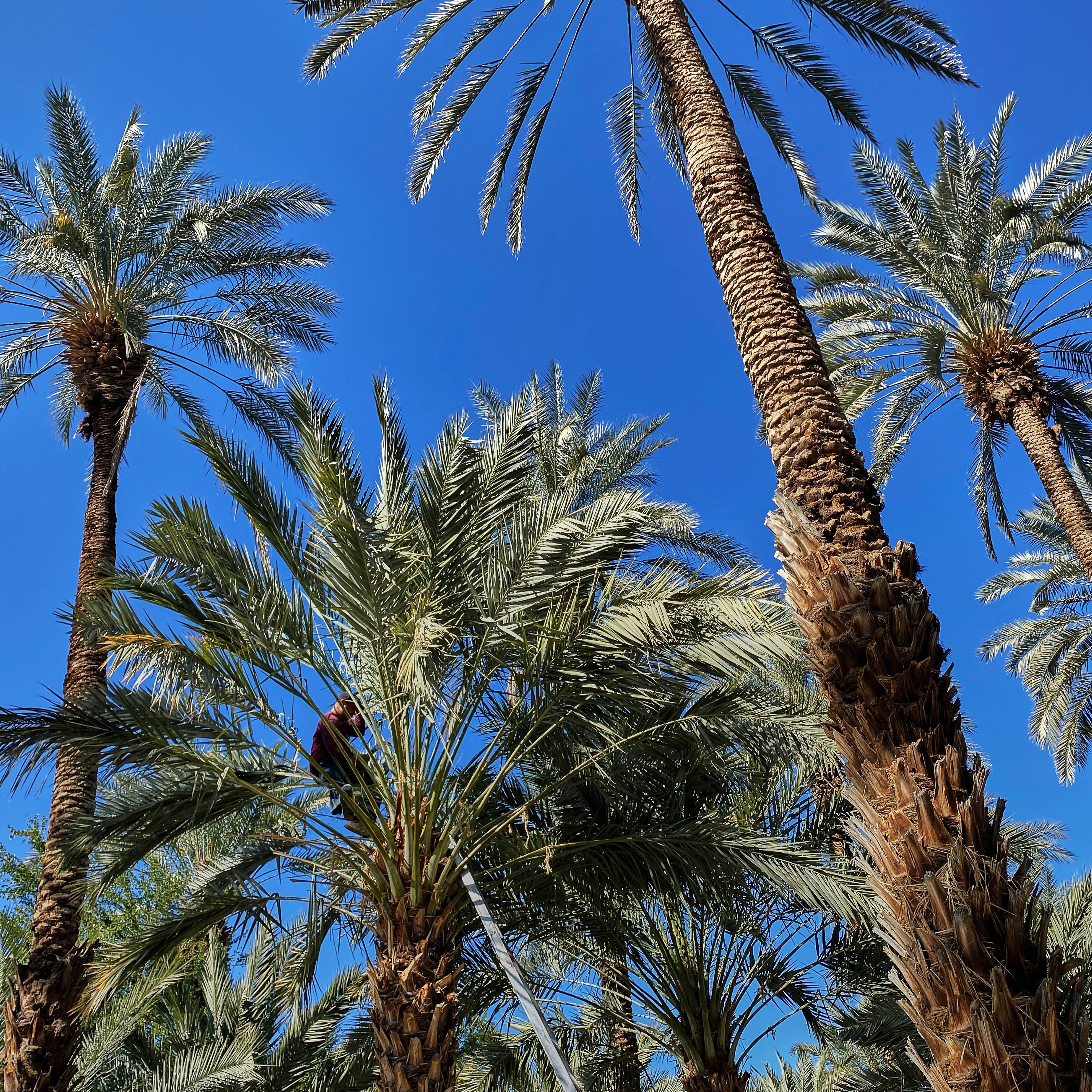
ACCESSIBLE SCALE
We believe that growers can produce at scale without depleting the earth’s resources, a farming model we've called Accessible Scale. Growers specialize in a single plant, or just a few plants, but commit to the care of the land, biodiversity, flavor and nutrition above all else. This model is scalable by nature of its specialization but does not harm the land in the way that intensive monocropping would.
The Bautista family has been growing dates organically in the Coachella Valley, California, for 20 years without chemicals, without big machinery, and with an unwavering focus on quality. Even as they scale, flavor remains their barometer for success.
Alvaro's Bon Bon Date Trees
Mecca, CA
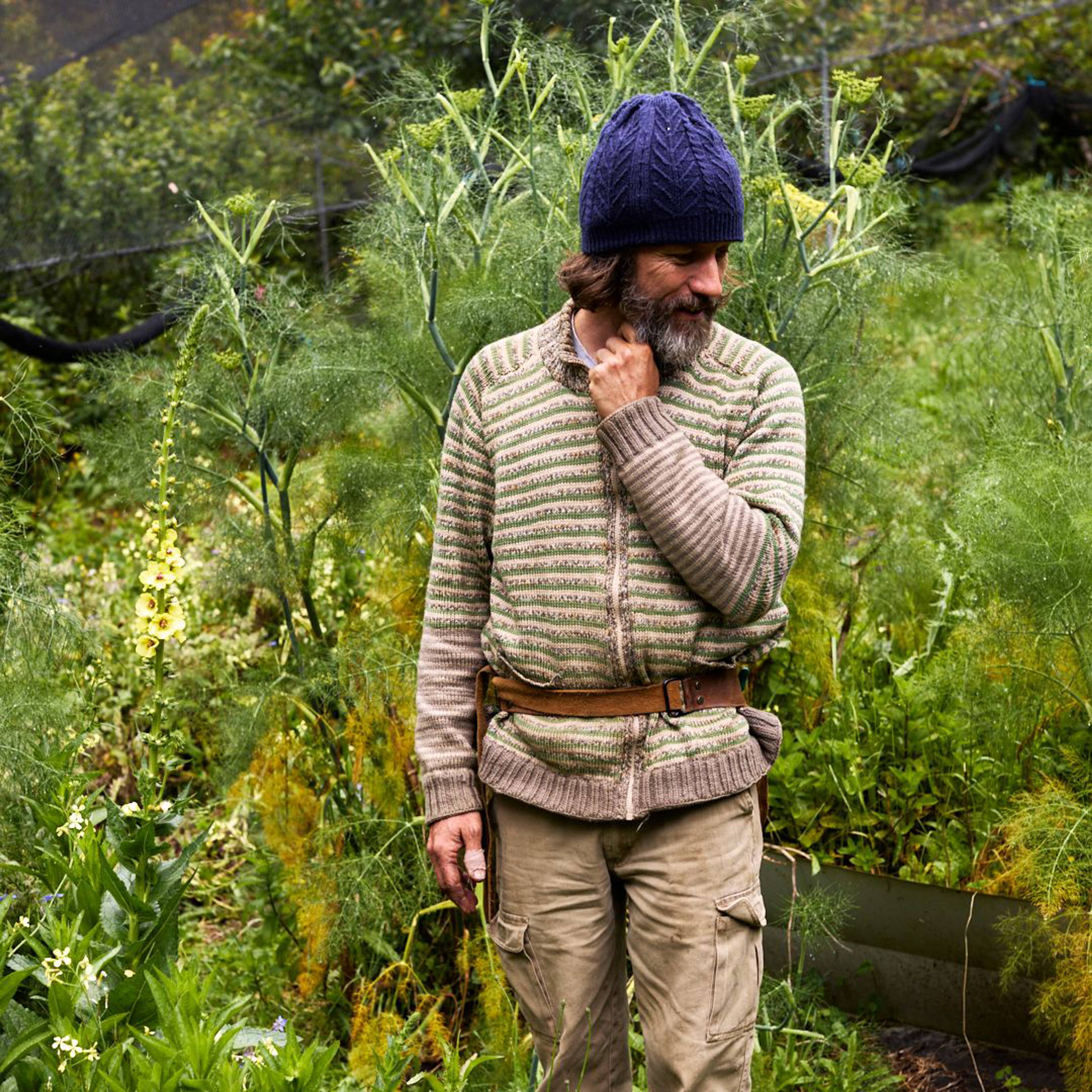
BIODIVERSITY
Biodiversity is the variety of life on our planet. Our growers actively encourage bacteria and fungi, grasses, trees, insects and mammals on their land: all working together as part of one vibrant ecosystem.
Chris and Helen grow an incredibly diverse selection of vegetables on their one-acre farm in the mountain ash forests of the Yarra Ranges. Committed to chemical-free, organically-led cultivation, they rapidly turn over their beds and plant a good deal of flowers to feed into the biodiversity of their farm.
Chris at Timbarra Farm
Yarra Ranges, Melbourne
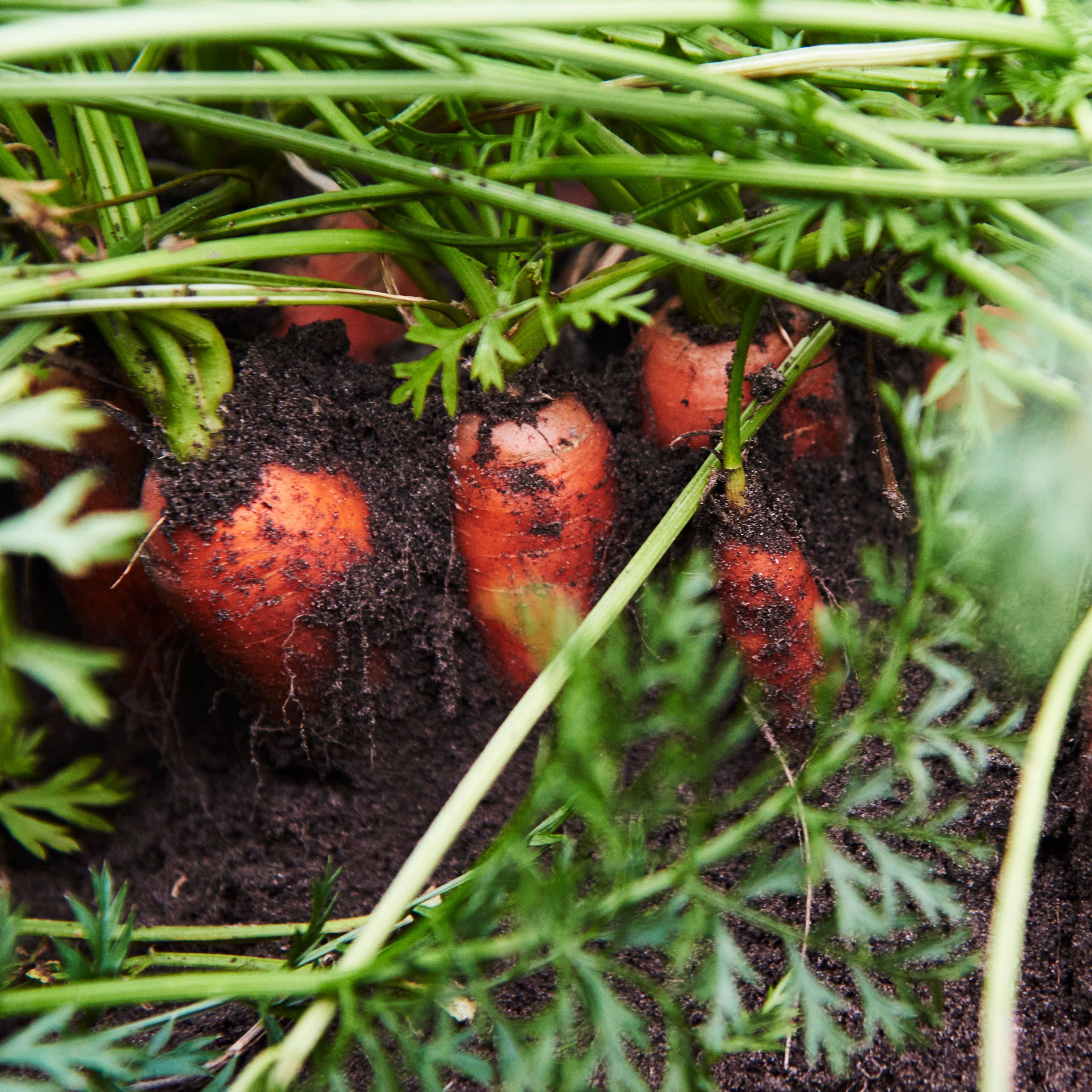
SOIL HEALTH
Unhealthy soils are both a symptom and a cause of climate change, just as investing in soil health can be a tool for restoring climate stability. We look for healthy soil that absorbs and retains water, captures and stores carbon and houses the microbes that help establish nutrient-dense crops.
Set just under 3 miles from the beach, François’ sandy-silt, mineral-rich ground in Dunkirk is ideal for root vegetables. Silt is the key to rich and humid soil, making it productive, whilst sand gives taste and tenderness to the roots.
François' Sandy Carrots
Les Hauts de France, Dunkirk
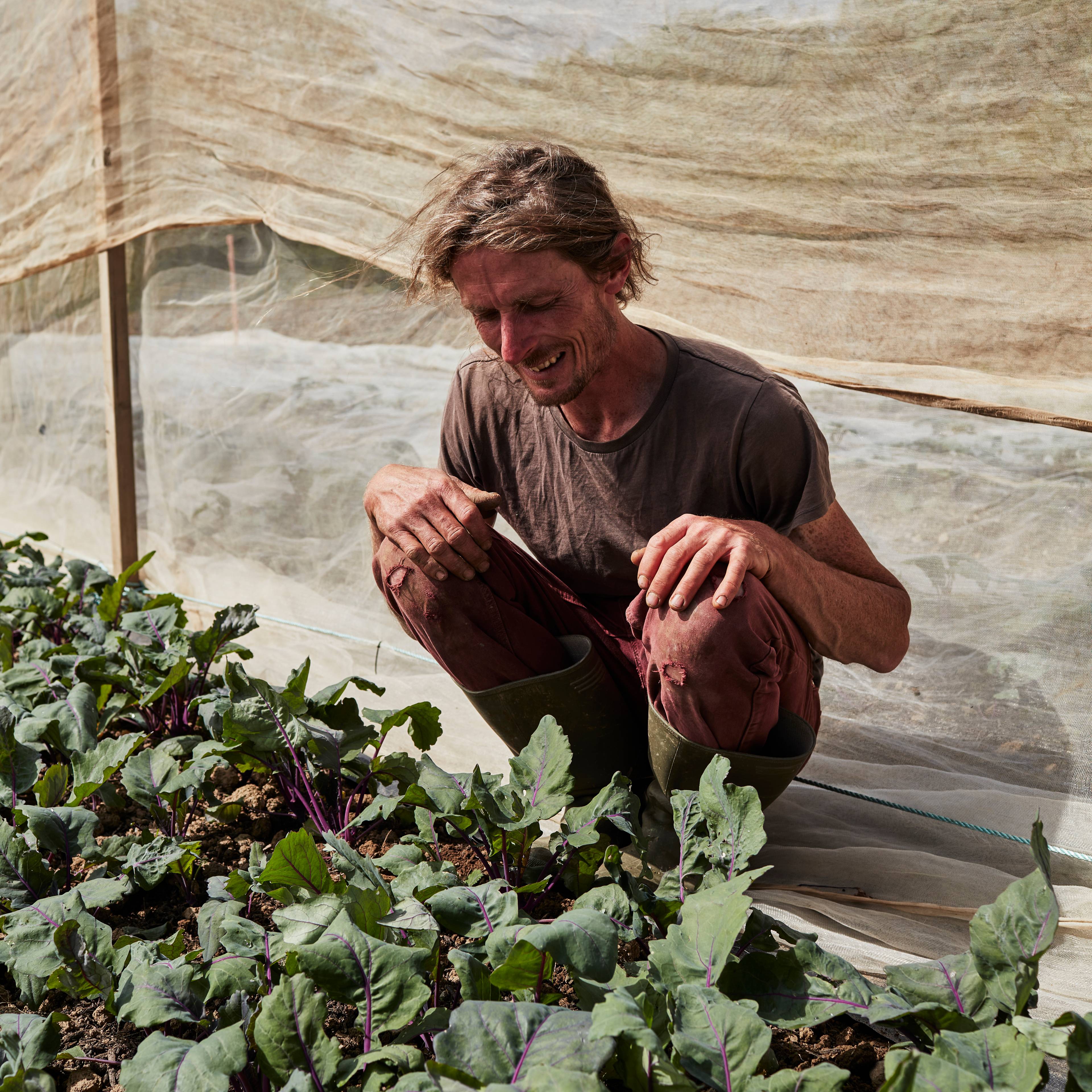
MINIMUM INTERVENTION
Working with the seasons means steering away from artificial inputs — lighting, heating and chemicals — and returning to the shifts we see in nature every day. On occasion, minimum intervention growers may use synthetic fertilizers, and pesticides as a last resort.
Oli at Mora Farm
Liskeard, Cornwall
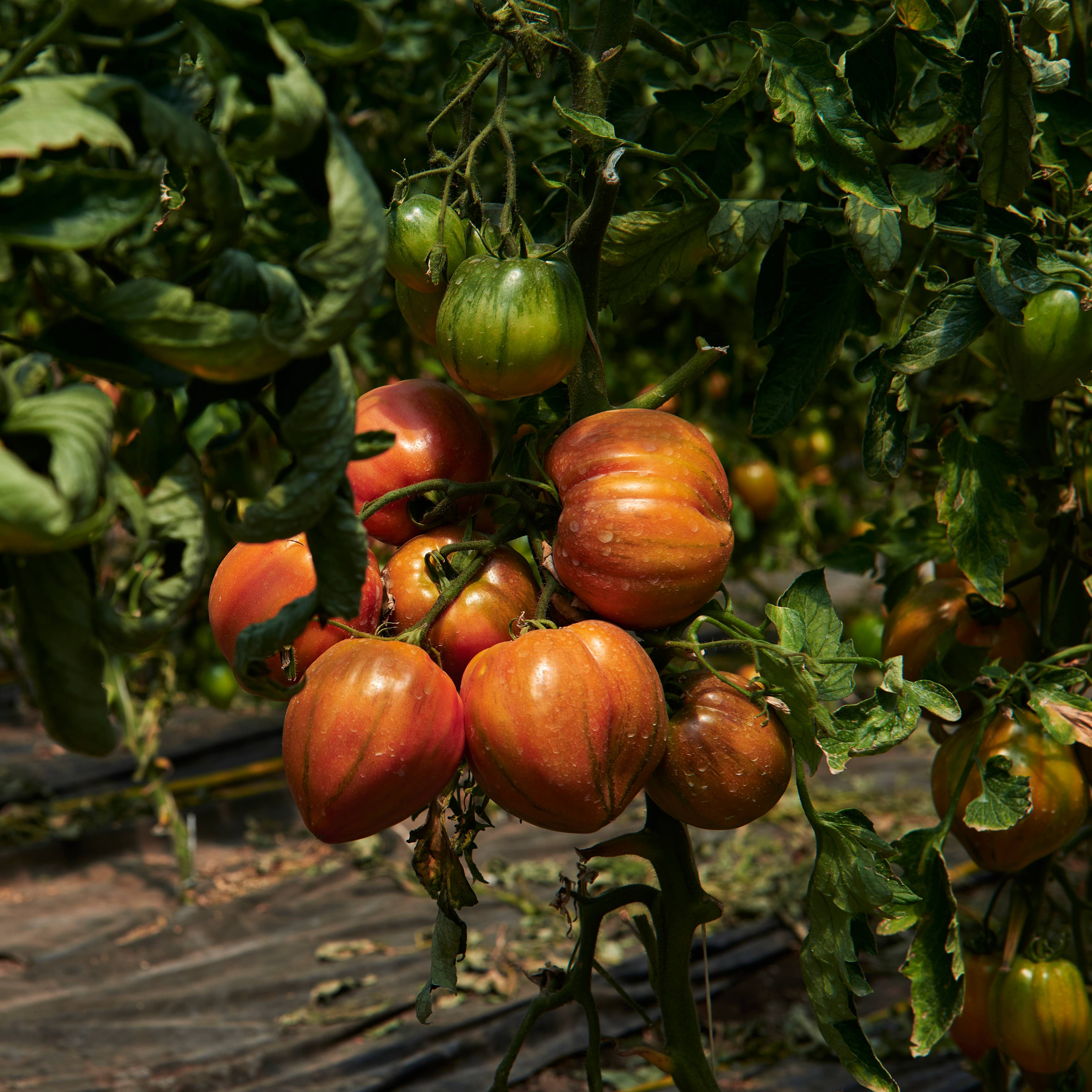
SEED SELECTION
Where yield, shelf life, and uniformity drive commercial seed breeding, our growers select seeds for flavor. Some preserve heritage varieties — safeguarding incredible flavors for the future. By saving seeds from their best-performing plants year over year, their crops become uniquely suited to their growing environment. Whether hybrid or heritage, complexity and diversity are our yardsticks for quality.
Raffaele grows his Cuore del Vesuvio Tomatoes from a seed that is over two generations old. Cut horizontally, and you'll see dense, rich and meaty flesh — characteristics Raffaele has perfected over the years.
Raffaele's Cuore del Vesuvio
Torre del Greco, Campania
BEYOND FRUITS & VEGETABLES
We extend our sourcing beyond fresh produce. We work with deli, dairy and dry foods producers who share our commitment to provenance. By broadening our sourcing, we can have a greater impact on the food system.
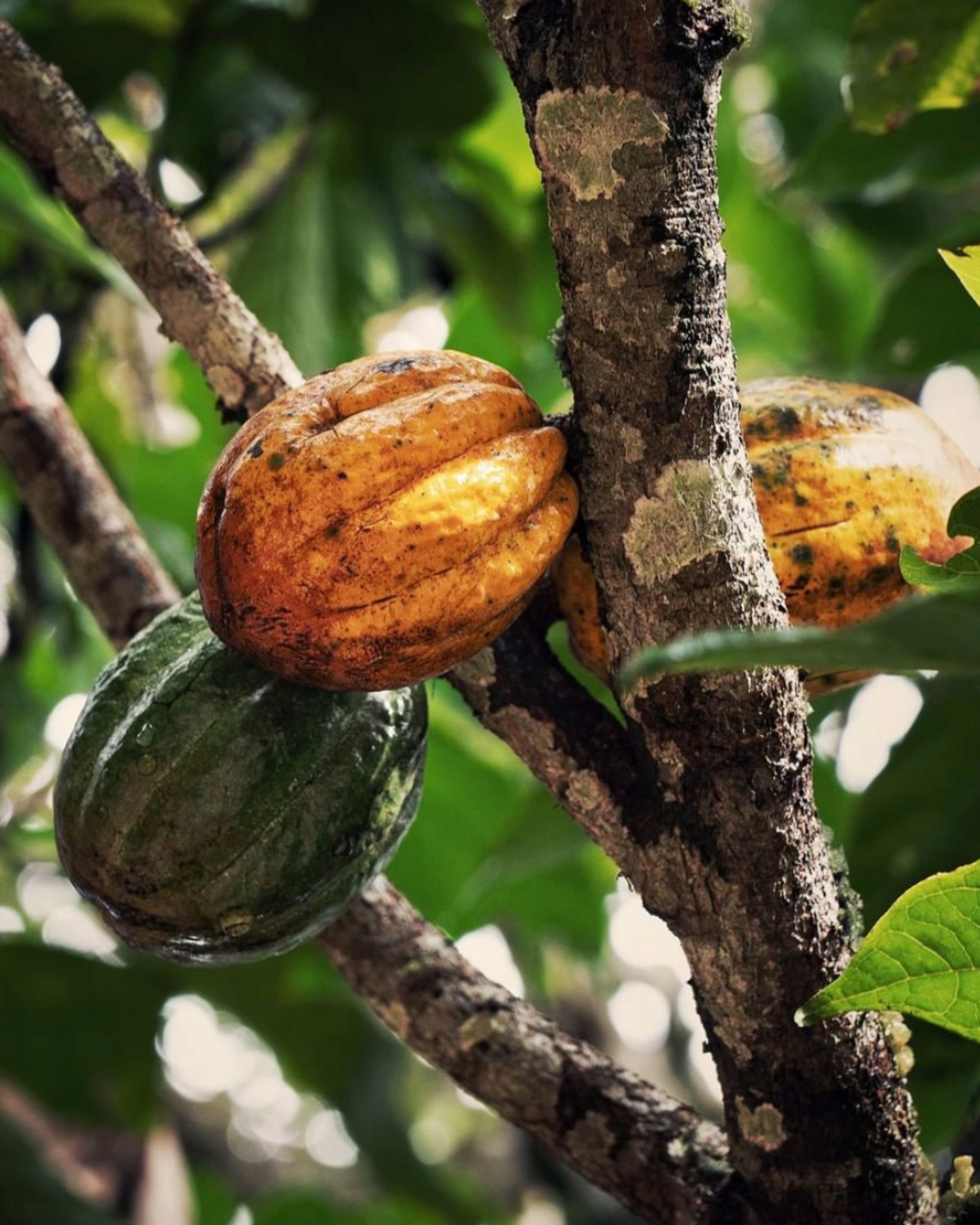
DELI, DAIRY & DRY
From Neal's Yard Dairy to Original Beans, these goods represent a community of independent producers whose skilled combination of traditional methods, cutting-edge technology and innate artistry are challenging the norm.
OUR SOURCING DEEP-DIVE
See allWe exist to fix the food system.
People are more cut off from the origins of their food than ever. This makes flavor, nutrition and farming practices that protect the planet, almost impossible to find.
By working directly with growers, we create a more sustainable way forward for farming. By giving everyone the tools to understand the power of our food choices, we empower everybody to become drivers of change.
Now is the time for action. Join the food system revolution.

Go beyond four seasons
Each fruit and vegetable has its own season, with subtle shifts which happen every day. Follow their microseasons to unlock flavor at every stage.
WHAT’S IN SEASON?

Know where your food comes from
We know the name of the person behind everything we source. Recognize their growing artistry to find out exactly where your food comes from (and why that matters).
MEET THE GROWERS

Make your diet diverse
Our growers work with varieties chosen for quality and nutrition, not yield. By selecting their crops you keep heritage seeds in play, add to ecosystem biodiversity and preserve unique flavors.
GO #OFFTHEPASS
United States
© 2025 Natoora Ltd.
